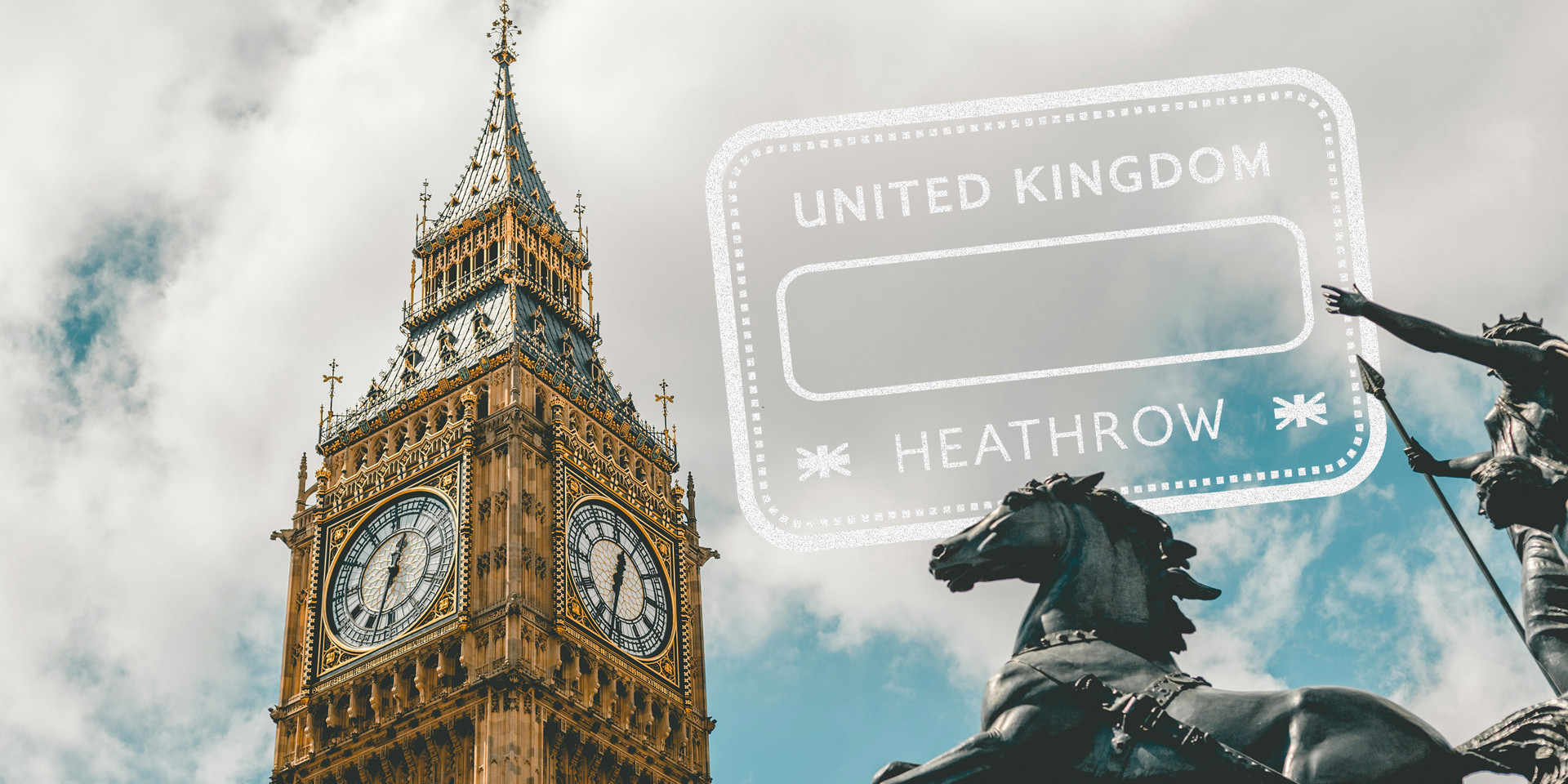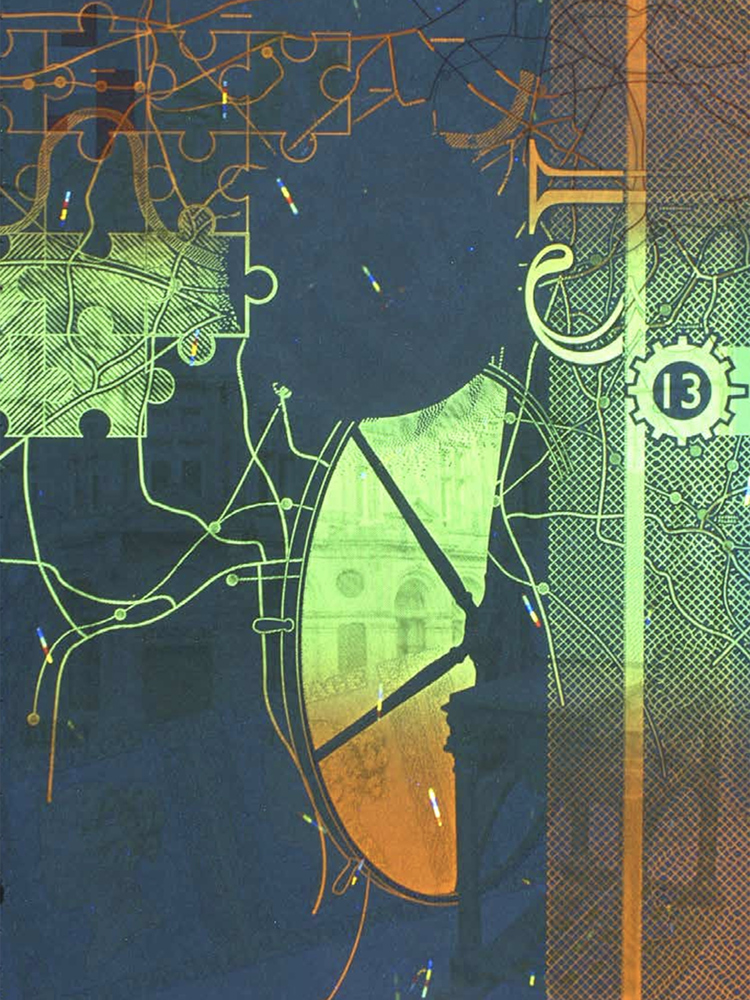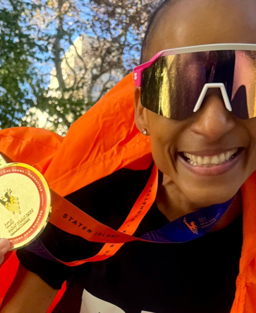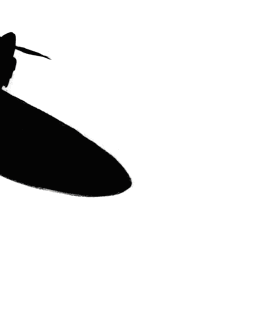

Quiz: How well do you know your passport?
The British passport is packed with cool features, embedded security tech and interesting historical facts behind its design and evolution. But how many do you know? Put yourself to the test with our fiendishly tricky quiz…
22/05/2025
Want to brush up on your passport knowledge?
Join aviation enthusiast Paul Sillers as he takes you on a journey to get reacquainted with your little 34-page friend...
Who created the first British passport?
Rival theories surround the origins of the passport. But what is certain is that the first UK passports were brought in during the reign of Henry V (who personally signed them) and enshrined in the Safe Conducts Act of 1414. This increasingly impinged on the monarch’s time so, from 1540, the issuing of passports was delegated to The Privy Council. Since 1794, the granting of British passports has come under the remit of the Secretary of State.
However, both British and French claims of inventing the passport concept are significantly predated by an Old Testament reference, in the Book of Nehemiah, to an event in 445 BC, when Persian king Artaxerxes issued letters of safe passage to Nehemiah to enable him to return from exile in Persia to Jerusalem.
In addition to English, which other language is featured on the information page?
Items on the information page are identified by text in English and French (e.g. Given names/Prénoms). Ever wondered why there’s always some French text in the British passport? From 1778 onwards, the official language used for passports was French, the language of global diplomacy at the time. Prior to that year, Latin and English had been used. Following the end of World War I, the League of Nations (the precursor of the UN) organised the Paris Conference on Passports, Customs Formalities and Through Tickets in 1920, which designated a global specification for passports, including a requirement for text to be in two languages, with one of them having to be in French. This requirement was later modified by the International Civil Aviation Organization to allow countries to use their native language plus a second language that must be either English, French or Spanish.
When did passports start including photographs?
Until the outbreak of World War I, a perennial issue was the difficulty of proving linkage between the passport document and its holder, a challenge that was resolved with the advent of photography in the early 20th century. From 1915 onwards, a photograph of the holder became an integral component. In today’s UK passport, the photograph is also digitally embedded inside the machine-readable RFID chip. Cool tip: take a magnifying glass and look at the additional image of yourself on page three of your passport. You’ll discover that the image is constructed from the letters and numbers that make up your surname and date of birth – it’s an extra security feature.

What is included as a 3D watermark on the personal data page of the passport?
The British passport contains a series of security watermarks. And on the personal data page is a 3D watermark of the Gipsy Moth IV yacht in which famed British mariner Sir Francis Chichester sailed around the world. Additionally, there are watermarks incorporated in the passport of floral motifs of the rose, daffodil, thistle and shamrock, denoting England, Wales, Scotland and Northern Ireland, respectively.
Which of these is not a type of ink used on the passport?
To increase security even further, the latest UK passport is printed using special security inks. For example, the Royal Salutation on the front inside cover uses intaglio ink, which creates a raised, three-dimensional effect. Elsewhere in your passport, ultraviolet inks that only reveal text or images when exposed to UV light, and infrared inks that disappear when exposed to infrared light, are also used. Thales, the manufacturer of the new British passport, also deploys a specially trademarked ‘Gemini’ ink that fluoresces in two colours when exposed to UV light.
What is used instead of paper to protect against forgery?
The most important page in the passport is the ‘data page’, which contains the holder’s biographic information. To protect against the nefarious intentions of forgers, the new British passport uses polycarbonate, a type of durable plastic, instead of paper, to encapsulate the information, images, secure elements and holder data in an interlocked manner. Further security used to protect against tampering includes laser engraving, ‘positive/negative embossing’ and ‘tactile laser marks’.
From 1988 to 2020, the British passport was burgundy. What colour was it prior to 1988?
Following the outcome of the UK’s decision to leave the EU, the cover of the British passport has now been changed to blue for new passports issued from 2020 onwards, a switch from the previous EU-formatted burgundy design. The colour change is in fact a reversion to the era of air travel’s earliest days, as British passport covers had been blue from 1921 until 1988, when the European format was adopted. The internationally standardised B7 size format (125x88mm) remains unchanged.
The only thing you must remember now is to take your passport with you before you head out to the airport. Find out more about the current airport experience here





